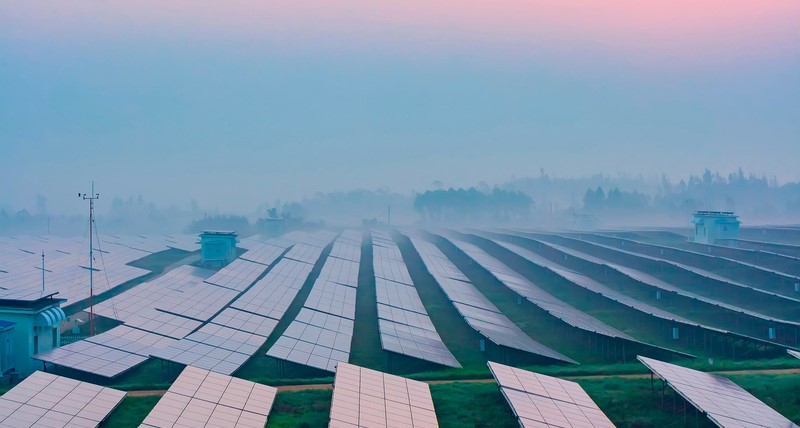Advanced monitoring and modeling techniques are improving torrent barrier design to better manage flooding in the Alps. Torrent barriers are crucial in managing the flow of water and sediment in mountainous regions, particularly in the Alps, where climate change is increasing the frequency and intensity of torrential rain events. These structures prevent the buildup of sediment that can lead to devastating floods. Designing these barriers requires precise knowledge of how water and sediment move, especially in extreme weather conditions. Recent advances in monitoring technology and computer modeling are making it easier to understand and predict these movements.
Flood monitoring: a critical component in the Alps
Flood monitoring is essential for predicting and mitigating the impacts of climate change in alpine regions. Bernhard Gems and his team at the University of Innsbruck in Austria have focused on studying the hydraulic conditions at the spillways of torrent barriers. Their goal is to understand how water flows over these barriers and how far it travels
downstream – a critical factor in designing effective scour protection zones.
The researchers are leveraging continuous monitoring data collected from three torrent barriers in Tyrol and Vorarlberg in Austria. These barriers are equipped with advanced OTT HydroMet instrumentation, including radar sensors to measure water levels and surface flow velocities, paired with high-resolution cameras to capture flow events. This data is key to observing and analyzing water flow in real time, providing a clear picture of how torrent barriers perform in fluctuating conditions.

Instrumentation and modeling techniques
The monitoring stations used in this research are sophisticated yet robust. They include OTT RLS radar level sensors, OTT SVR 100 surface velocity radars and high-resolution cameras. These instruments work together to provide comprehensive data on water levels and flow velocities, crucial for understanding the dynamics of torrent barriers.
In addition to field data, researchers use 3D numerical simulations with Flow-3D software. These simulations replicate the flow conditions in a controlled environment, allowing scientists to test various scenarios by changing the channel gradient, discharge rates and barrier widths. This approach helps identify the most effective designs for torrent barriers, ensuring they can withstand the increasingly severe weather patterns brought about by climate change.

Insights from field data and numerical simulations
The initial results from monitoring and modeling have provided valuable insights. For instance, the observed throw distances – how far water travels downstream after passing over the barrier – varied significantly from the distances predicted by traditional empirical equations. This discrepancy highlights the complexity of torrent processes and the need for more accurate predictive models.
Field data from the Sidanbach barrier revealed that throw distances could reach up to 6m – much higher than expected. These findings suggest that the existing empirical models, which were developed based on clear-water conditions, may not be suitable for sediment-laden flows typical of torrents. The numerical simulations support this, showing that factors such as flow velocity and channel gradient significantly affect throw distances.

Collaborative efforts to tackle climate challenges
Addressing the challenges posed by climate change requires collaboration among researchers, engineers, local authorities and technology providers. The University of Innsbruck’s research is a prime example of such collaborative efforts, bringing together experts in hydraulic engineering, geomorphology and geotechnics to improve the design and effectiveness of torrent barriers.
Future research will continue to refine the models and monitoring techniques, incorporating the complexities of sediment-laden flows. By enhancing our understanding of these complex processes, we can develop more robust torrent barriers that protect communities from the increasing threat of floods.
The future of flood monitoring and torrent barriers
The ongoing research and advances in flood monitoring and hydraulic modeling are crucial for adapting to the impacts of climate change. As the Alps experience more frequent and intense weather events, the need for effective sediment management and flood protection becomes more critical. The integration of modern instrumentation and sophisticated numerical models represents a significant step forward in ensuring the stability and safety of torrent barriers.
Further Reading
- Read the full research paper on page 332 in Interpraevant 2024
- Learn more about Flood Warning Stations
- Quantifying the Rapid Melt of the Greenland Ice Sheet
Interested in learning more about technologies for flood monitoring?




